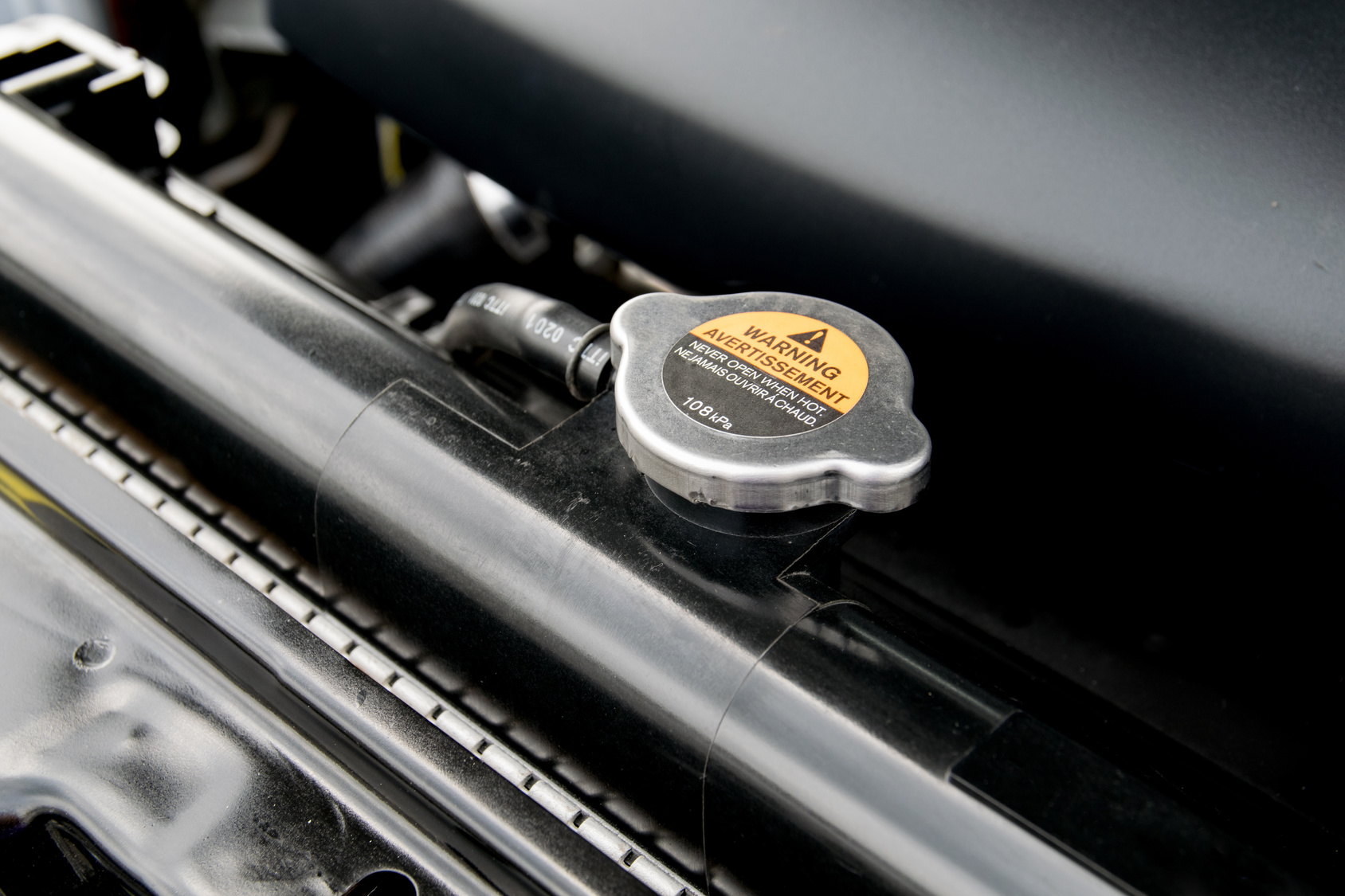
RADIATORThermal and hybrid vehicle radiators: everything is in the circuit
Whether it is a question of cooling a component or heating a volume, radiators play a key role. Once the manufacturer has defined the choice of materials, ARIAMIS applies its thermal expertise to guarantee that this subsystem, which is as important to user comfort as to the correct operation of the vehicle, is perfectly sized.
THERMAL ENGINEERS TO CONFIRM YOUR MATERIAL CHOICESEngineers and PhDs who are specialised in thermal engineering are by your side to guarantee your choice of vehicle components over the long term. Since 2008, ARIAMIS has been using the skills of its team and the technology of its modelling and simulation software for all the cases imposed by manufacturers. Petrol, diesel, natural gas or electric motorisations, vehicle air intake surfaces, glycol concentration for the internal fluid, radiator type, passenger compartment volume to heat... all the constraints that have an impact on radiator size are analysed, simulated and modelled. This validation process is carried out in close collaboration with the manufacturer’s project team and the major equipment manufacturers to find a solution that meets all the constraints imposed by the specifications.
U OR I: THE EFFICIENCY OF FLUID CIRCULATION INTERNAL TO THE LETTEROn one side there is the mechanical aluminium radiator technology. A technology with proven performances, which is both economical and strong. On the other side, there is the possibility of choosing a brazed aluminium radiator. Its higher cost and vulnerability to thermal shocks are fully compensated by its performances which are 20 to 30% higher. In both cases, the question of cooling liquid circulation will always be considered. I-shaped to privilege the fluid passage cross section, or U-shaped to benefit the exchange surface area. The answer will be in the ARIAMIS thermal engineers’ calculations which will determine the best performance/load loss ratio. Moving on, the ergonomics of the mechanical networks composing the radiator itself will be designed.
|
RESEARCH
The correct use of expertise is based on a permanent search for excellence ALTERNATIVE ENERGY
Natural gas, LPG, hydrogen, electricity… optimising energy management from storage down to the engine |















